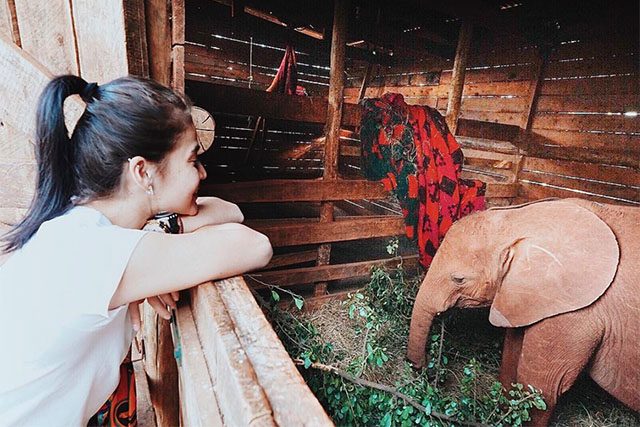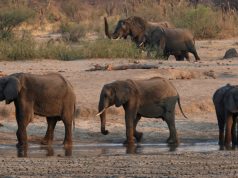
Anne Curtis shared that Erwan Heussaff fostered a rescued orphan elephant as part of his anniversary gift for her.
The Kapamilya host-actress shared in her Instagram page that Heussaff fostered the orphaned elephant in her name. The animal was born on February 18, the day after Curtis’ birth date.
Social media users lauded her and Heussaff’s initiative to adopt an orphaned elephant in support of an advocacy.
The actress-host is no stranger to initiatives as she is also a celebrity advocate for children under the United Nations International Children’s Emergency Fund.
Refuge of orphan elephants
Curtis tagged the David Sheldrick Wildlife Trust in her Instagram post, which describes itself as an “orphan-elephant rescue and rehabilitation program” based in Kenya, Africa.
They are also one of the pioneer conservation organizations of wildlife and habitat protection in East Africa.
It was created in 1977 and it prides itself in protecting wildlife from all forms of poaching.
The organization also safeguards the natural environment, enhances community awareness among people, addresses issues on animal welfare, provides veterinary assistance to animals in need and rescues elephant and rhinoceros orphans, among others.
Their main conservation effort is the “Orphan’s Project” which aims to protect and hand rear elephants and rhinoceros from being poached for their ivory and horn.
According to their website, they have successfully hand-raised over 150 elephants and have reintegrated them into the wild herds of Tsavo, Kenya in the long run.
Vulnerable species
African elephants are tagged as “vulnerable” under the International Union for Conservation of Nature’s Red List of Threatened Species.
It is close to being considered as endangered.
Two years ago, it was reported that African elephants have “seen its worst decline in 25 years.” The population decline was mostly due to intensified ivory poaching. Ivory is used to make jewelry, combs, piano keys and religious ornaments.
Ivory poaching was banned by the Convention on International Trade in Endangered Species of Wild Fauna and Flora in 1989. Despite the ban, countries such as China continue to participate in the illegal ivory trade.
The African elephants’ decline was also attributed to their habitat loss caused by the increase of human population and land conversion.









